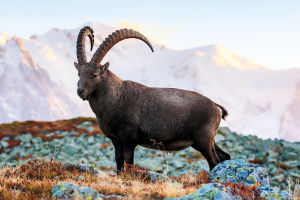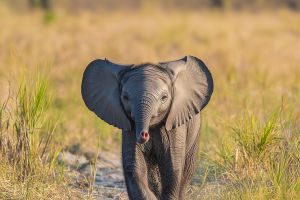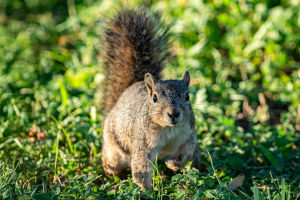Hey Lykkers! Have you ever wondered about the fascinating creatures of the sea, like the seahorse? These little guys are not only incredibly unique but also face serious challenges in today’s world.
Let’s dive into the world of seahorses and learn about their habits, reproductive system, and the threats they face. Stick with us till the end to get a better understanding of why we need to protect them.
What Makes Seahorses Special?
Seahorses are small marine creatures with a very distinctive look. Their name comes from their horse-like head and curved bodies, which make them stand out from the usual fish you might see in the ocean. They belong to the genus Hippocampus, which includes about 50 species scattered across shallow coastal waters, primarily in the Western Atlantic and the Western Pacific.
These creatures are known for their slow movement and upright swimming posture, which is quite different from the usual horizontal movement of most fish. They rely on small, almost invisible fins to move, giving them a somewhat delicate appearance.
What’s fascinating is that their tail is prehensile, meaning they can wrap it around objects to stabilize themselves. It’s like having a built-in tool to cling to sea plants or coral! Seahorses usually live in areas where they can find coral, seaweed, or large sea sponges to anchor themselves.
Seahorse Reproduction: A Male-Centered Affair
One of the most remarkable things about seahorses is their reproduction system. It’s completely reversed from most species. In the seahorse world, it’s the male that gets pregnant. Female seahorses deposit their eggs into the male’s specialized pouch, where he fertilizes them. After about 2-3 weeks, the male seahorse gives birth to the baby seahorses, sometimes over a thousand at a time, though each one is only about 1 cm long.
The male seahorse goes through a sort of ‘pregnancy’ where he carries the fertilized eggs in his pouch until they hatch. This unique form of reproduction sets them apart from almost all other fish species and makes them a true marvel of nature.
Habitat: Where Seahorses Thrive
Seahorses are typically found in shallow waters near coastlines, where they can blend in with their surroundings, thanks to their ability to change color. They prefer environments with a lot of vegetation, like seagrass meadows or coral reefs. These habitats not only provide food sources but also places for the seahorses to anchor their tails.
Their natural habitat ranges between 10 to 30 meters deep, and they tend to stay in one area for most of their lives. However, some species might migrate to deeper waters during winter to find more suitable conditions. Unfortunately, these unique habitats are increasingly under threat due to human activity, making it harder for seahorses to find the safe environments they need.
The Threats to Seahorses
Sadly, seahorses are facing a significant decline due to various human activities. Every year, millions of seahorses are caught for use in traditional medicine or sold to aquariums. Overfishing, pollution, and the destruction of their habitats due to coastal development, coral reef destruction, and the contamination of marine environments with waste are all contributing to their diminishing numbers.
According to global data, between 1998 and 2001, over 70 countries were involved in seahorse trade. Though international regulations have made trade more restricted, illegal trafficking still occurs. To combat this, the Convention on International Trade in Endangered Species of Wild Fauna and Flora (CITES) listed all seahorse species under its Appendix II in 2002 to regulate international trade.
Conservation Efforts
Given their declining numbers, seahorses are now a priority in marine conservation efforts. Many countries have enacted laws to protect seahorses, making illegal hunting and trading punishable by law. In China, for example, seahorses are classified as a level II protected species, and only licensed entities are allowed to trade them. Efforts to breed seahorses in captivity are ongoing, but it remains a difficult task due to their specific environmental needs, such as water temperature and the type of food they consume.
Why Should We Care?
Seahorses are one of the many marine species that are facing extinction due to human actions. Their unique biology, their fascinating reproductive system, and their role in marine ecosystems make them worth protecting. We can all play a part by supporting sustainable practices and advocating for the protection of marine habitats.
So next time you hear about seahorses, remember that they’re not just a beautiful part of the ocean’s wonders; they need our help. Let’s keep spreading the word and protecting these extraordinary creatures for future generations.
Thanks for reading, Lykkers! Let’s stay informed and do our part in conserving our planet’s precious biodiversity. Stay curious, and see you next time!
Seahorse | Amazing Animals
Video by Nat Geo Kids


